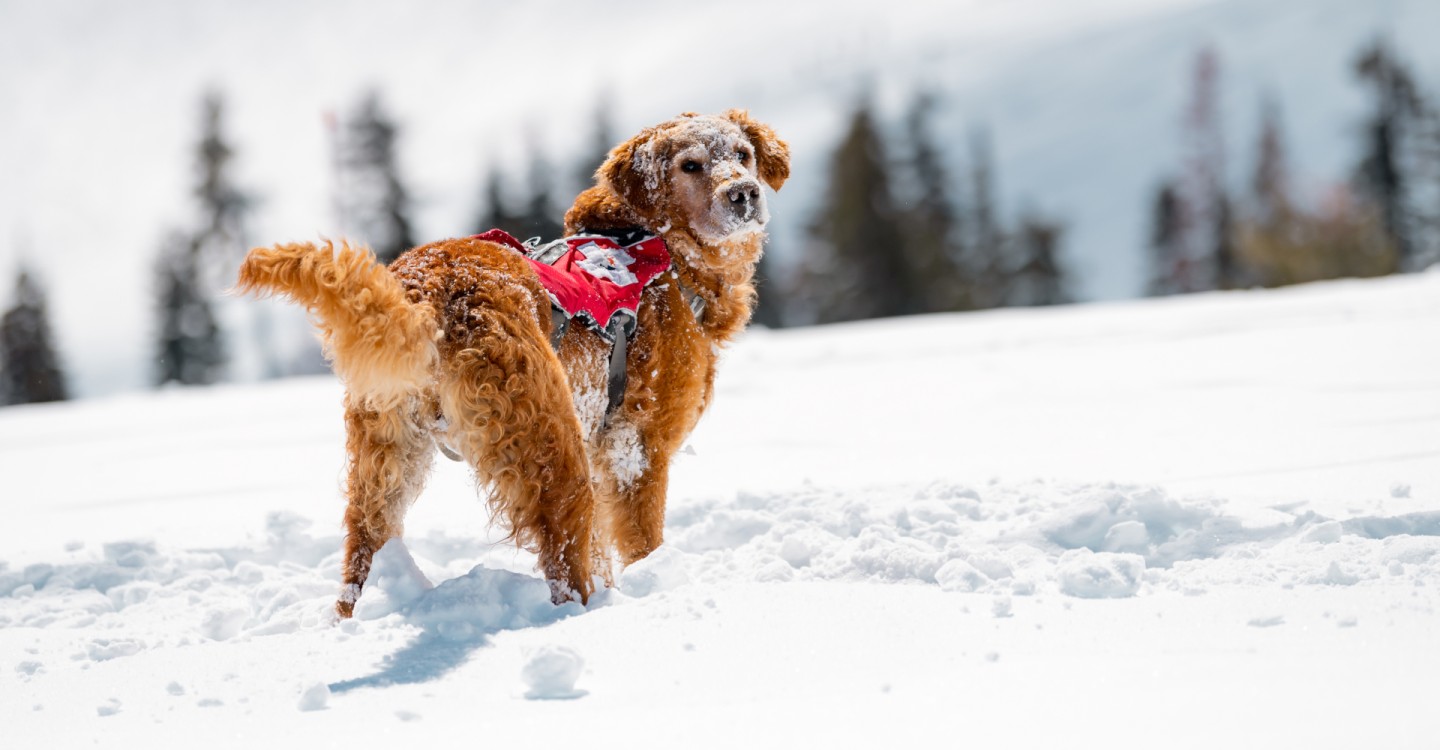Safety Overview

The Ski California Mountain Safety Guide is intended to be your comprehensive guide to skiing and snowboarding at California and Nevada ski resorts. Learn the guide and be safe every day. In addition to Ski California's Mountain Safety Guide, here are some additional safety resources.
YOUR RESPONSIBILITY CODE
LIFT SAFETY
HELMETS
AVALANCHE SAFETY
- NSAA Avalanche Safety Guide
- Sierra Avalanche Center
- Shasta Avalanche Center
- Eastern Sierra Avalanche Center
NATIONAL CATASTROPHIC AND FATAL INJURY DATA